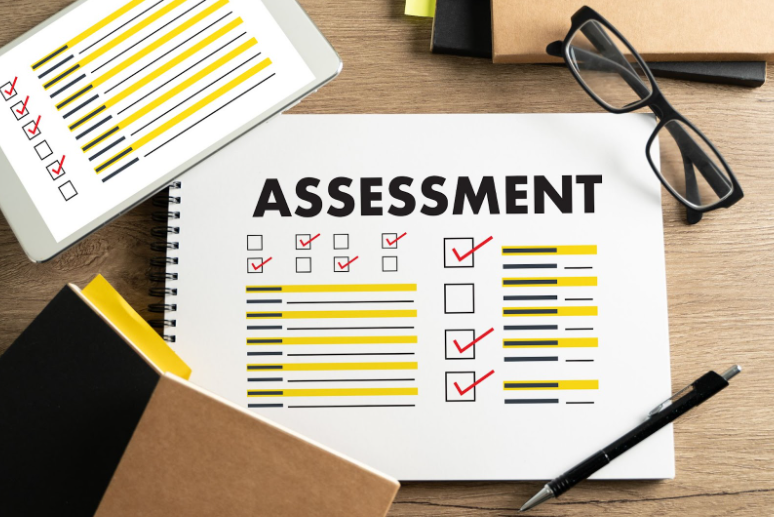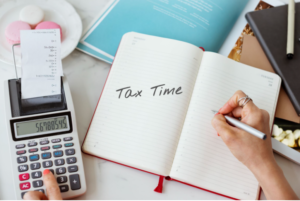
What is CRA Notice of Assessment?
Taxes are a part of our lives. We all have to deal with them. But it can be challenging, especially with all the complex terms and documents. One document that you may have heard of is the Notice of Assessment (NOA) from the Canada Revenue Agency (CRA). It’s a crucial piece of paper, but it’s often confusing. This article is here to make it all easier to understand.
What’s a Notice of Assessment (NOA)?
Imagine if you could get a report card on your taxes—a document that tells you what you did right or wrong on your tax return. That’s what a Notice of Assessment is. It’s a letter from the CRA, which you get after they check your income tax return for the year. It tells you how much money you made, how much tax you paid, and whether you owe more tax or get some money back.
Key Parts of the NOA:
When you look at the NOA, it might seem overwhelming at first. But let’s break it down into simple parts:
- Assessment Summary: This is like the cover page of your NOA. It has your name, your social insurance number, the tax year, and the date of the assessment.
- Calculation of Assessment: This part is like the heart of the NOA. It has all the numbers. It shows the income you reported, the tax credits you claimed, and the total income tax you’ve already paid.
- Balance: This part tells you what’s left after all the calculations. It shows whether you owe more tax, get a refund, or nothing changes.
- RRSP/PRPP Deduction Limit Statement: This section gives you a heads-up for the future. It tells you how much money you can put in your RRSP or PRPP for the next tax year.
- Explanation of Changes and Other Important Information: This section is where the CRA would explain if they changed anything in your tax return and why they did it.
Why is the NOA Important?
The NOA is like a yearly financial health check-up. It’s important because it’s the official record of your income. This comes in handy when you’re trying to get a loan or a mortgage, and the bank asks for proof of your income.
Also, you might have differing views about what the CRA says about your tax return. They may have made a mistake. You would look at the NOA document when you want to challenge the CRA’s decision.
What Does the NOA Mean for You?

The NOA is not just a letter from the CRA. From a tax perspective, it’s a snapshot of your financial situation in the past year. It can help you understand how well you’re managing your taxes and where you might need to adjust.
For example, if you’re getting a large refund, it could be a bonus. But it means you’ve been giving the government an interest-free loan all year. You could adjust your tax withholdings to get more money in your paychecks throughout the year instead.
What Should You Do When You Get Your NOA?
When you get your NOA, the first thing you should do is read it carefully. Make sure all the information matches what you have. If something doesn’t fit or you need help understanding why the CRA made changes, call them or a tax expert to explain it to you.
If you still think there’s a mistake after talking to the CRA, you can challenge their decision. You can do this by filing a Notice of Objection. The NOA will tell you how to do this.
How Can You Get Your NOA?
You can get your NOA in two ways. First, you can get your NOA digitally if you’re signed up for the CRA’s online services. It’s fast and secure. You can view it as soon as the CRA finishes assessing your return.
The second way is by mail. The CRA will send your NOA to the mailing address they have on file for you. It can take a couple of weeks to get to you, so don’t worry if you don’t see it right away.
What If You Lose Your NOA?
If you lose your NOA, don’t panic. You can get a copy. If you’re signed up for the CRA’s online services, you can view and print your past NOAs. If you need to be signed up or prefer to do things by phone, you can call the CRA and ask them to send you a copy.
Preparing for the Next Tax Year

Your NOA is a great tool to help you prepare for the next tax year. Look at the information in your NOA and see where you can make changes. Could you contribute more to your RRSP to lower your taxable income? Could you claim more credits or deductions? Use your NOA to make a plan for the upcoming tax year.
Conclusion
The NOA might seem scary and confusing, but it’s really just a report card on your taxes. It’s there to keep you informed about your financial health and to make sure everything’s fair and square with your taxes. Reading it carefully and asking questions if you need help understanding something is always a good idea. After all, understanding your NOA is an important step in managing your money and planning for the future.
Are you juggling multiple debts that are preventing you from filing your taxes? Don’t worry! The help you need is here! Speak with one of our debt experts at EmpireOne Credit to get the assistance you need to start a journey towards financial freedom. Your debt could be reduced by up to 80%, and all interest will stop immediately. Contact us at (416) 900-2324 to schedule a free consultation. Being debt-free feels good!





